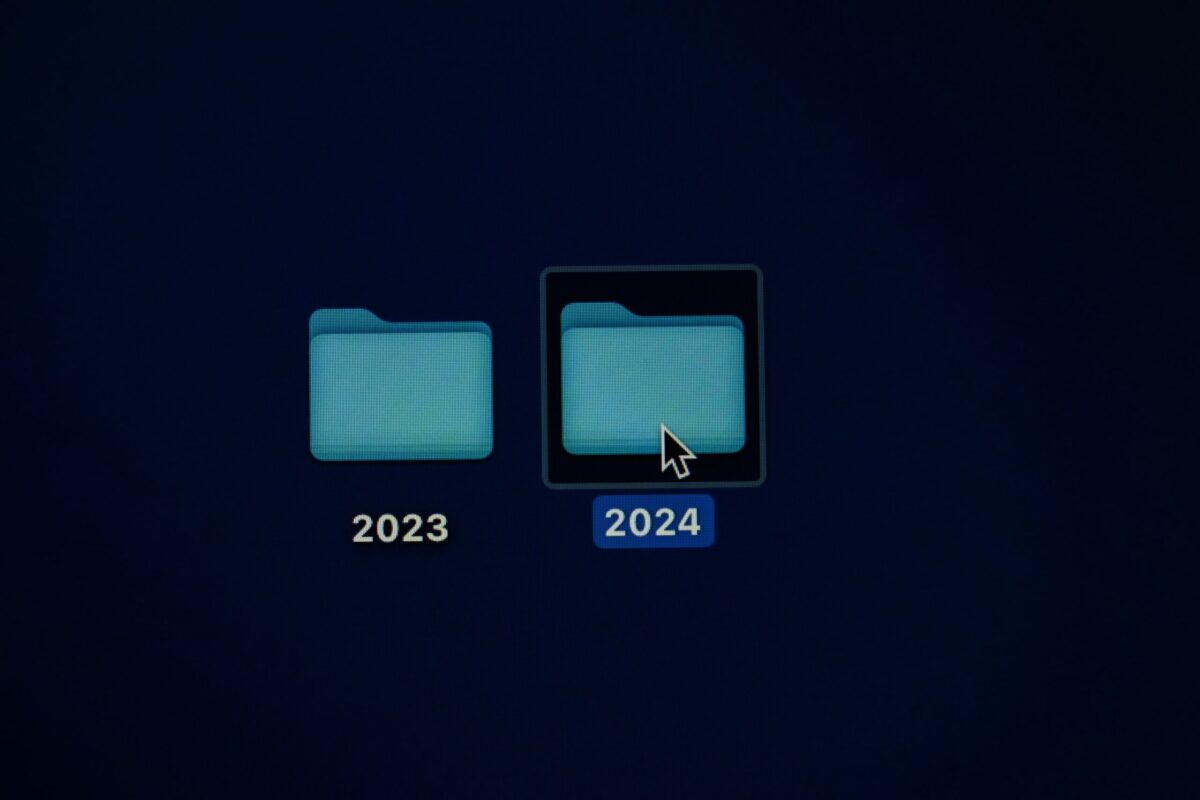Solana ($SOL) is ending the year on a high note, taking the top spot for attracting new developers in the crypto space, overtaking Ethereum ($ETH) for the first time since 2016.
A recent report from Electric Capital revealed that Solana onboarded 7,625 new developers in 2024, an 83% increase compared to last year. This is over 1,000 more than Ethereum managed during the same period.
The general partner at Electric Capital, Maria Shen, highlighted the significance of this shift. “For the first time in eight years, Solana has surpassed Ethereum in bringing in new developers”, she said. This surge reflects Solana’s growing influence in the blockchain ecosystem.
Despite this achievement, Ethereum remains the largest blockchain in terms of overall developer numbers, with 6,244 active developers working on its projects every month. However, this figure represents a 17% drop compared to last year.
A large part of Ethereum’s developer activity is driven by its layer-2 networks, such as Optimism, Arbitrum, and Base, which now account for more than half of Ethereum’s active developers.
Asia takes the lead in crypto development
The report also highlighted a major geographic shift in the blockchain developer landscape. In 2024, Asia overtook North America as the leading region for crypto developers.
Around one-third of all blockchain developers now live in Asia, with India making a significant contribution by adding 17% of all new developers globally.
Meanwhile, the United States remains the largest country for blockchain developers, holding a 19% share of the global total.
Shen pointed out the importance of this global expansion. “Crypto is designed to be borderless”, she said, explaining that the rising talent from regions like Asia and Africa reflects this vision.
The report also noted growth in blockchain activity in other regions, including Africa and South America. These areas are becoming more involved in the crypto space, further diversifying the ecosystem.
Different regions also specialise in specific crypto activities. For instance, stablecoin transactions are most active during daytime hours in Asia, Europe, and Africa.
Meanwhile, non-fungible token (NFT) – related activities, such as trading and minting, peak during working hours in America and Asia.
Market struggles for Solana’s price
While Solana has gained momentum with developers, its price performance has been less promising.
At the time of writing, Solana’s price stood at $233, a 2% increase over the past 24 hours. However, it has struggled to climb past the $300 mark, a key milestone. Analysts attribute this to strong selling pressure from Solana traders.
Technical indicators suggest continued challenges for Solana’s price. One key indicator, the Balance of Power (BoP), shows that sellers currently have the upper hand.
The BoP, which measures the dominance of buyers and sellers in the market, is at -0.54. A negative reading like this points to potential downward pressure on the price.
Another indicator, the Chaikin Money Flow (CMF), which tracks the flow of liquidity into or out of the market, also shows a bearish trend. The CMF for Solana is at -0.05, indicating more selling than buying activity. If these trends continue, Solana’s price may face further declines.
While Solana’s rise as the top blockchain for new developers is a notable achievement, its price struggles underline the challenges of sustaining growth across all areas.
Ethereum, despite its decline in new developer onboarding, continues to dominate in terms of total developer activity and remains a leader globally.
The global spread of blockchain development is another encouraging sign for the industry. Regions like Asia and Africa are playing a larger role, showcasing the truly international nature of crypto innovation.
As the industry grows, these trends point to a more decentralised and diverse future for blockchain development.


